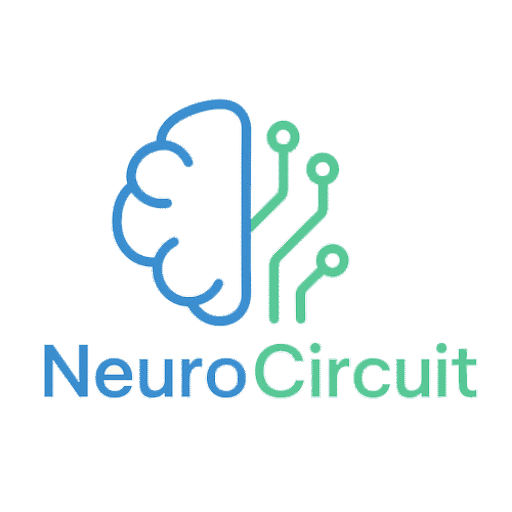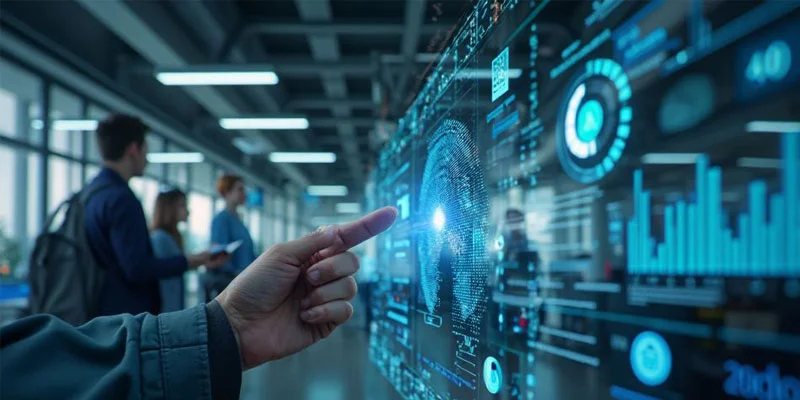Internet of Things, The latest trainings
AI and IoT A Partnership Driving Data-Driven Decision-Making Processes
The Future of Smart Data: AI and IoT Integration
In today’s rapidly evolving technological landscape, the convergence of artificial intelligence (AI) and the Internet of Things (IoT) is revolutionizing how organizations operate and make decisions. This partnership is not just a trend; it’s a transformative force that enables businesses to harness vast amounts of data generated by IoT devices and apply AI algorithms to extract meaningful insights. As companies increasingly rely on data-driven decision-making, understanding the synergy between AI and IoT becomes crucial.
If you want to listen to the article below in audio form, use the player
What is IoT? Understanding Connected Devices
At its core, IoT refers to the network of interconnected devices that communicate and share data over the internet. These devices, ranging from smart home appliances to industrial sensors, generate a staggering volume of data. According to recent estimates, by 2025, there will be over 75 billion connected devices worldwide. This explosion of data presents both opportunities and challenges for organizations. How can they effectively manage and analyze this information to drive strategic business decisions?
AI in Action: Optimizing IoT Data
This is where AI steps in. By employing machine learning, natural language processing (NLP), and predictive analytics, AI can process and analyze the vast datasets generated by IoT devices in real-time. This capability allows organizations to gain insights that were previously unattainable. For instance, in manufacturing, IoT sensors can monitor equipment performance, while AI algorithms can predict maintenance needs, reducing downtime and improving operational efficiency.
Enhancing Customer Experiences with AI and IoT
One of the most compelling aspects of the AI and IoT partnership is its ability to enhance customer experiences. Retailers, for example, can leverage IoT devices to track customer behavior in stores. By analyzing this data with AI, they can tailor marketing strategies, optimize inventory management, and even personalize customer interactions. Imagine walking into a store where the lighting, music, and promotions are all adjusted based on your preferences. This level of personalization is becoming increasingly feasible thanks to the collaboration between AI and IoT.
Transforming Healthcare with AI and IoT
Moreover, the healthcare sector is experiencing a significant transformation through this partnership. Wearable devices that monitor vital signs are becoming commonplace, generating a wealth of health data. AI algorithms can analyze this data to provide insights into patient health trends, predict potential health issues, and recommend preventive measures. This proactive approach to healthcare not only improves patient outcomes but also reduces costs for healthcare providers.
Challenges of AI and IoT Integration
However, as with any technological advancement, the integration of AI and IoT is not without its challenges. Data privacy and security are paramount concerns. With the increasing amount of sensitive data being collected, organizations must implement robust security measures to protect against cyber threats. Additionally, there is the issue of data quality. AI algorithms are only as good as the data they are trained on. Ensuring that IoT devices provide accurate and reliable data is essential for effective decision-making.
Another challenge lies in the complexity of integrating AI and IoT systems. Organizations often face difficulties in managing and analyzing the data generated by diverse IoT devices. This complexity can hinder the ability to derive actionable insights. To overcome this, businesses must invest in scalable infrastructure and develop strategies to streamline data collection and analysis processes.
Benefits Across Industries: Agriculture, Transportation, and More
Despite these challenges, the benefits of the AI and IoT partnership far outweigh the drawbacks. Organizations that embrace this synergy can achieve a competitive edge in their respective industries. For instance, in agriculture, IoT sensors can monitor soil moisture levels, while AI can analyze weather patterns to optimize irrigation schedules. This data-driven approach enhances crop yields and conserves water resources.
The transportation industry is also witnessing a transformation through AI and IoT integration. Smart traffic management systems utilize IoT sensors to monitor traffic flow, while AI algorithms analyze this data to optimize traffic signals and reduce congestion. This improves efficiency and contributes to environmental sustainability by reducing emissions.
The Future of AI and IoT
As we look to the future, the partnership between AI and IoT is poised to become even more integral to business operations. The advent of edge computing, which allows data processing to occur closer to the source of data generation, will further enhance the capabilities of AI and IoT. This will enable real-time decision-making, reducing latency and improving responsiveness.
Conclusion: A Smarter, Data-Driven World
In conclusion, the collaboration between AI and IoT is driving a paradigm shift in data-driven decision-making across industries. By harnessing interconnected devices and advanced analytics, organizations can unlock valuable insights that enhance operational efficiency, improve customer experiences, and drive innovation. While challenges remain, the potential for growth and transformation is immense. Businesses that leverage the AI and IoT partnership will be well-positioned to thrive in an increasingly data-driven world.
Summary
The integration of AI and IoT is not just about technology; it’s about reshaping decision-making in a data-saturated world. As this partnership evolves, organizations will adapt and innovate, ultimately leading to a smarter, more efficient future.
Join our newsletter to get the latest projects, tutorials, and tech updates straight to your inbox! 🚀

